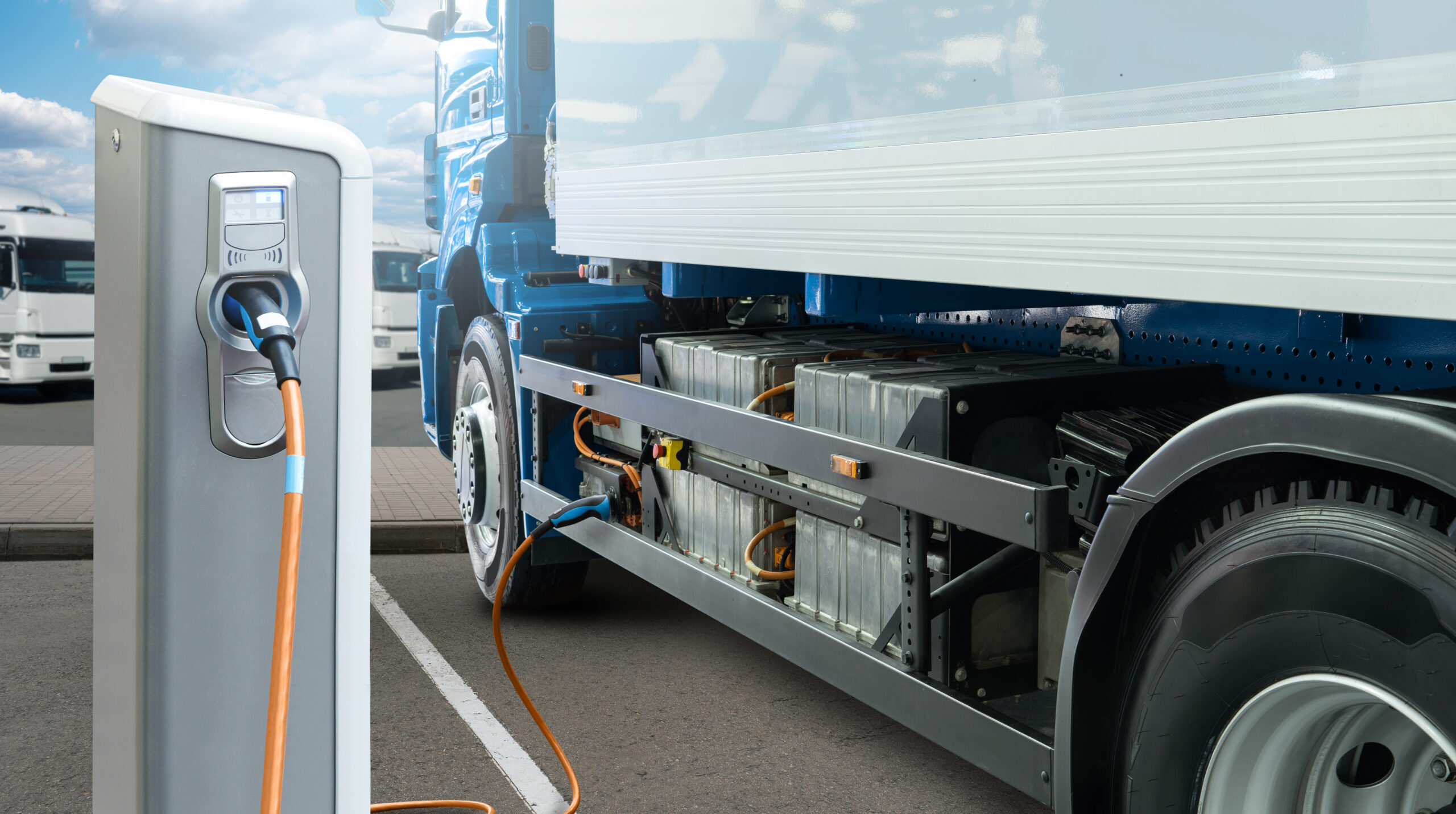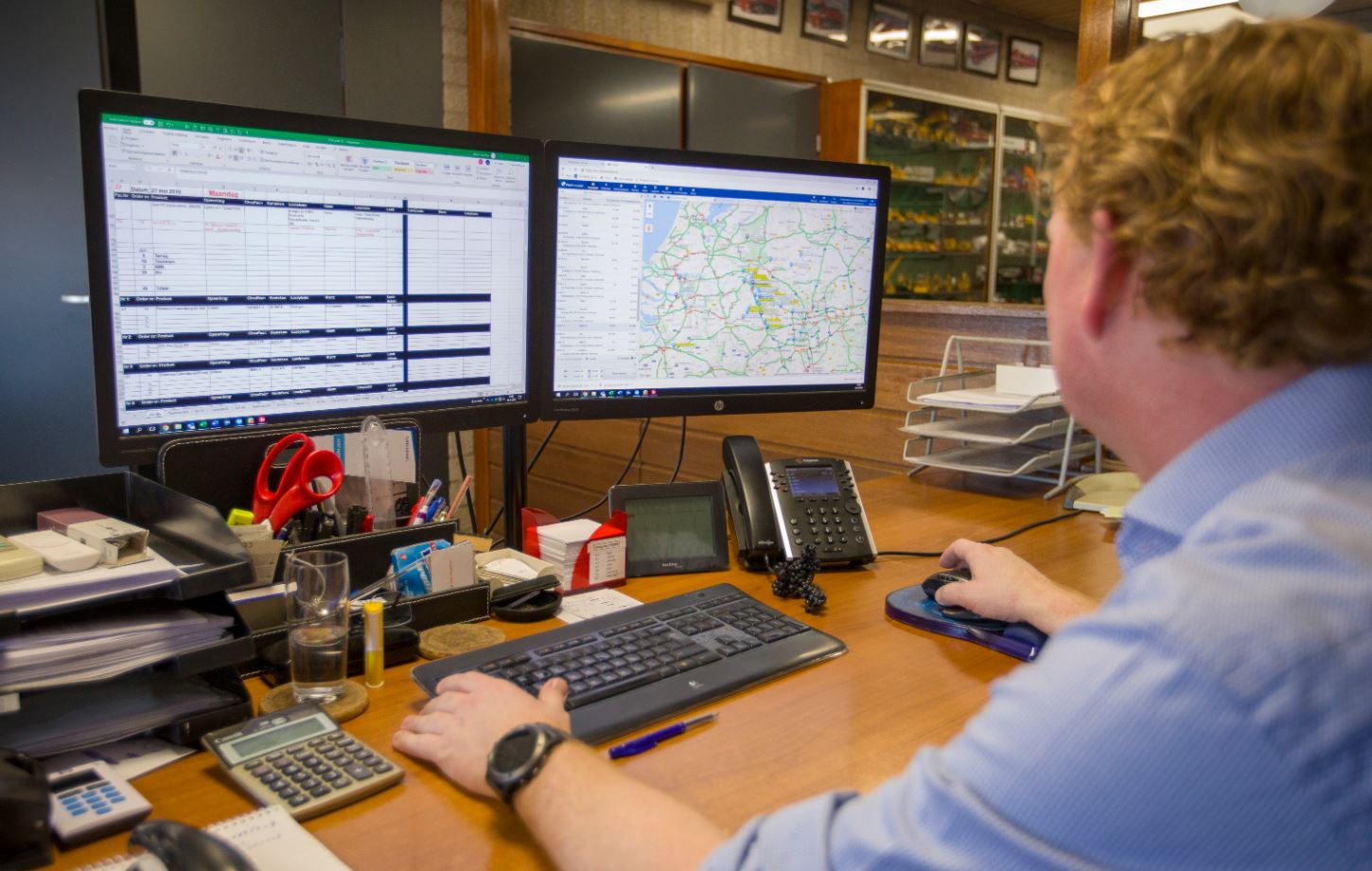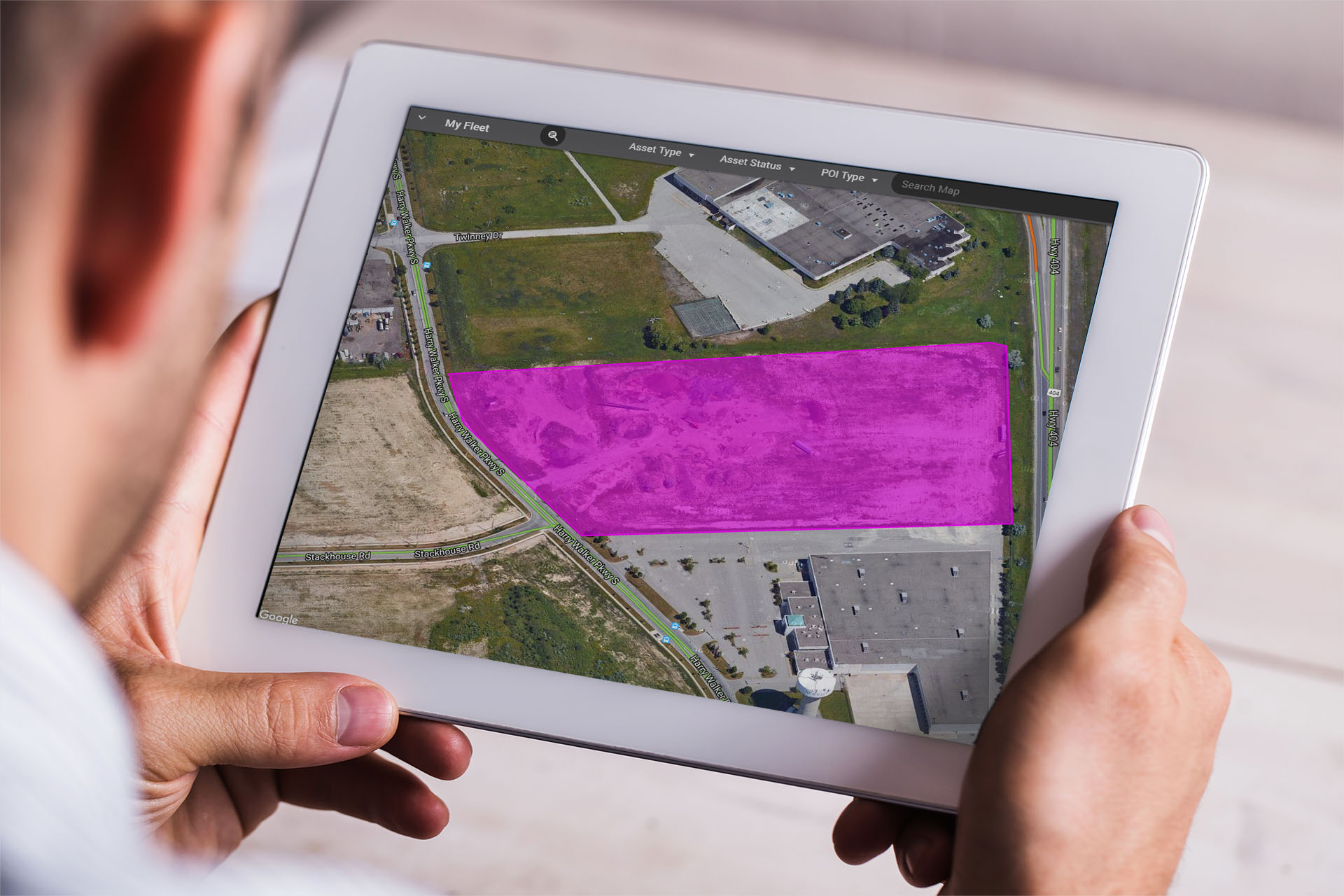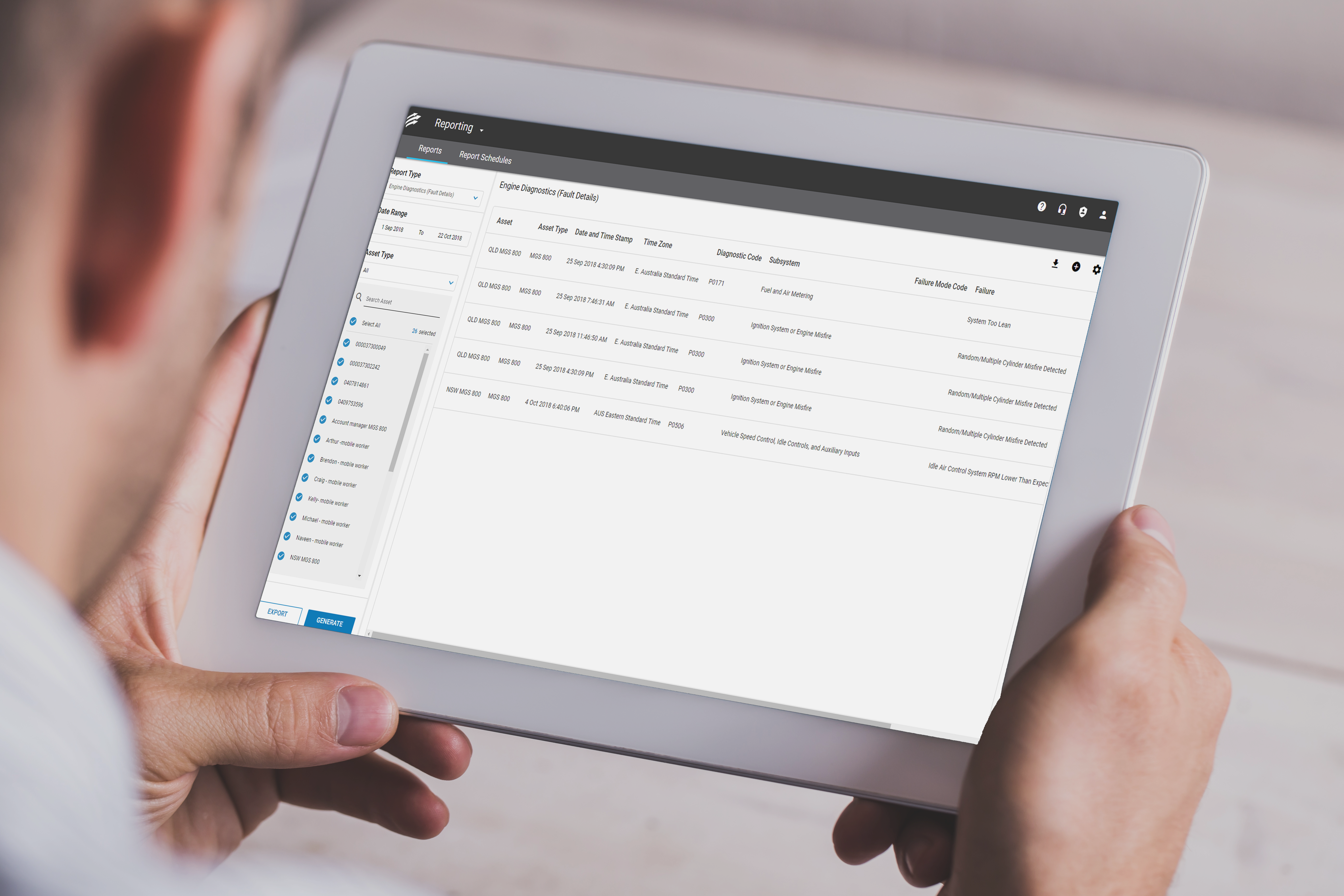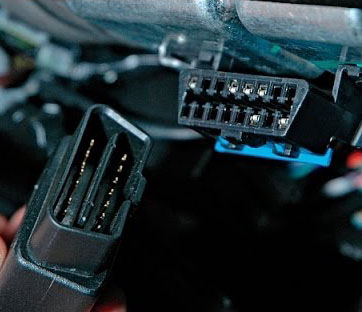Since its emergence in the 90’s, telematics adoption in Australia has been steadily increasing as more fleet managers learn how it can help them and as prices decrease.
“There are many benefits in terms of safety, productivity and knowing where your assets are; telematics has the potential to change your business processes to deliver tangible benefits”, says Matthew Gambell, Fleet Strategy Manager at Toyota Fleet Management.
But tapping into those safety, security, and productivity benefits means change. And, well, people are naturally resistant to change. Which, to be brutally honest, is completely understandable. Change can be painful and all too frequently companies trying to shift their approach end up tumbling into “Moore’s Chasm”, where the complexity seems to outweigh the benefits, so the new approach gets dropped.
To make matters worse, research from Robert Half found that Australian employers find it significantly harder to train staff to use new technologies compared to their global peers.
So, as a fleet manager, driving change within your organisation, what can you do? How can you push past the resistance and get your team to adopt new solutions or processes?
Here is 6 ways you can encourage employees to adopt new tech.
1. Win Over Hearts and Minds
As the saying goes, “Sell the sizzle, not the sausage.” Or in other words, sell the benefits, not the tool. Focus on how it’s going to benefit them, not the list of features.
If your team can’t see a point to the technology, then uptake will be slow, if you ever manage to get it off the ground at all. Rather than presenting it as something they have to use—an approach that can cause tension and friction—it’s far better to present the new technology as something they’ll want to use: Something that will make their lives better and easier.
Start by finding out all your team’s daily pain points and note those down. Then, position the new technology as a solution to these problems. The more factual you are, the better—and don’t be afraid to speak to team members beforehand to really get to know what it is they currently struggle with.
If you manage to get buy-in from the team, foster a sense of ownership over the tech. Once you have that, employees will be more likely to sing its praises to other team members.
Picking a great fleet technology provider really matters here: a good partner knows that getting the ink on the contract is far from the end of the process and they’ll work with you to help you sell their solution throughout your business.
2. Select Technology Wisely
The technology you choose plays a big role in how well your employees adopt it. Getting used to new tech is tricky at the best of times—but if it’s difficult to use, unhelpful, requires lots of training, or in any way adds work to your team’s already busy schedule they simply won’t use it—and who can blame them?
The key to selecting the right technology is understanding what you need. Holding a mirror up to your own team and processes. Documenting those process and feeling out where the gaps are and how technology can help you. Even better if say, you know on average how much time a specific task or process takes, and you want to cut that time down. Literally, take a stopwatch, carry out a time and motion study, record those times. Now you have a concrete benchmark and can use that to determine whether a new solution fits your needs.
Be specific, know you your weaknesses, and build your measurable metrics, where you can.
Other things to consider when selecting your technology might be:
- Who is using this technology?
- What kinds of features will they find useful?
- Do they have prior experience with this kind of technology?
- Will they be able to understand why the tool is useful?
- Is the interface clean and intuitive?

Choose a solution that has a clean, intuitive interface and that can be used across a range of devices (Image Source).
There will always be a little friction during the implementation phase, but you can ease this if by picking the right technology, based around your team’s needs and having concrete benchmarks and goals.
3. Customise the Training Process
Not everyone will learn at the same rate or in the same way. Some employees might already have some experience with the tech you’re rolling out. Others might be completely new to it. There are also different learning styles and speeds to take into consideration.

Adoption is a curve, and not everyone reaches each stage at the same time (Image Source).
Some employees might prefer coaching, while others like a hands-off online learning approach. Others might need handholding as they navigate the new tech.
“You don’t want to send people who are tech-savvy on a course because that’s a waste of time,” says Didier Bonnet, coauthor of Leading Digital and Global Practice Leader at Capgemini Consulting. “Instead, ask your team members what kind of training they’re most comfortable with. Show that you are investing time in learning the new system. Show your humility and empathise with your team.”
4. Know Your Influencers and Champions
Don’t try and get the whole company on board all at once. Begin with a small group of willing people, show them how to use the tech, then let them be your influencers who promote the tools and support the rest of the team as they learn.
You can learn from the early adopters yourself. Gather feedback as you go, asking questions like:
- How will this tech make your job easier?
- How do you think this tech will help the rest of the team?
- Do you envisage any challenges with this new tool?
- How would you persuade the rest of the team to use it?
5. The “Carrot and Stick” Approach
Rewarding good behaviour is, generally, better than punishing behaviour you don’t like. To make it fun, offer rewards and perks for use.
For example, you might reward drivers who complete their walkaround checks using new fleet management software.
Celebrating wins that come from using the technology is another form of positive reinforcement that will make the team keener to use the tech. Highlight the positive impact it’s having on the organisation so the team can see the value in using it. Drawing attention to these wins and the positive impact it’s having will foster enthusiasm and encourage further adoption.
Of course, there may come a point where some people are refusing to get on board and that hurts the rest of the team. In this case, you might need to roll out the penalties. This should only be a last resort, as penalties may feed the idea that the new approach is a bad thing.
6. Lead From The Front
Leading by example is key to getting your team to embrace new technology. That means you, as a fleet manager, need to be driving the change within your team, but potentially also selling the benefits to wider company management as well.
It also pays to keep any cynicism you may have under wraps. That’s not to say you can’t hear out criticism or be aware of potential gaps, but being vocally critical of something, when you need to be the agent of change is a death sentence for change and risks sinking the entire adoption process into the pits of Moore’s Chasm.
Dos and Don’ts for Implementing New Fleet Management Technology
Do’s
- Focus on how the new technology will make your employees’ lives easier.
- Encourage adoption by thoughtfully rewarding employees in ways that they’ll appreciate.
- Make the new technology routine by building it into the fabric of your employees’ days.
Don’t
- Invest in technology that’s overly simple or more complicated than it needs to be. Look out for modern, intuitive interfaces with features that your team will use.
- Forget to get a small team of enthusiastic employees on board first. They’ll be your arms and legs during the adoption process.
- Don’t punish employees for slow learning, be flexible and use penalties only as a last resort.
As with all integrations or new processes, careful planning when adopting new tech can make the transition smoother for everyone involved. You can’t predict how your employees will react, but you can guide the process to a certain extent—starting with making an informed decision about the tools and technology you invest in.
Fleet Complete’s connected platform of integrated features helps companies manage and grow their business while helping employees adopt new tech, increase productivity, streamline operations, and improve ROI. Take our Fleet Complete demo for a free spin to see how your team gets on with the technology.




























